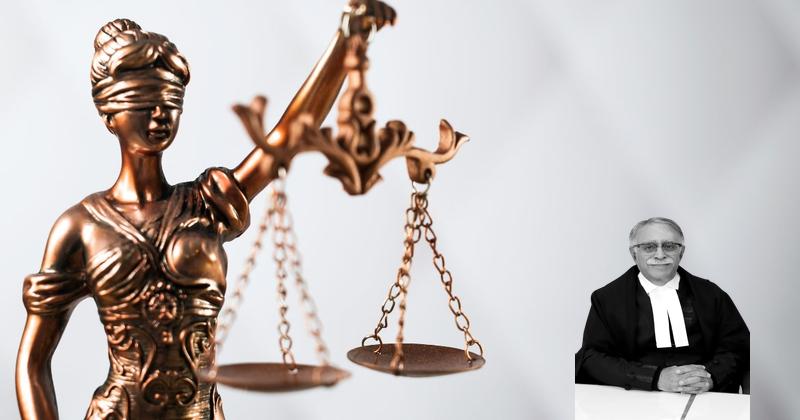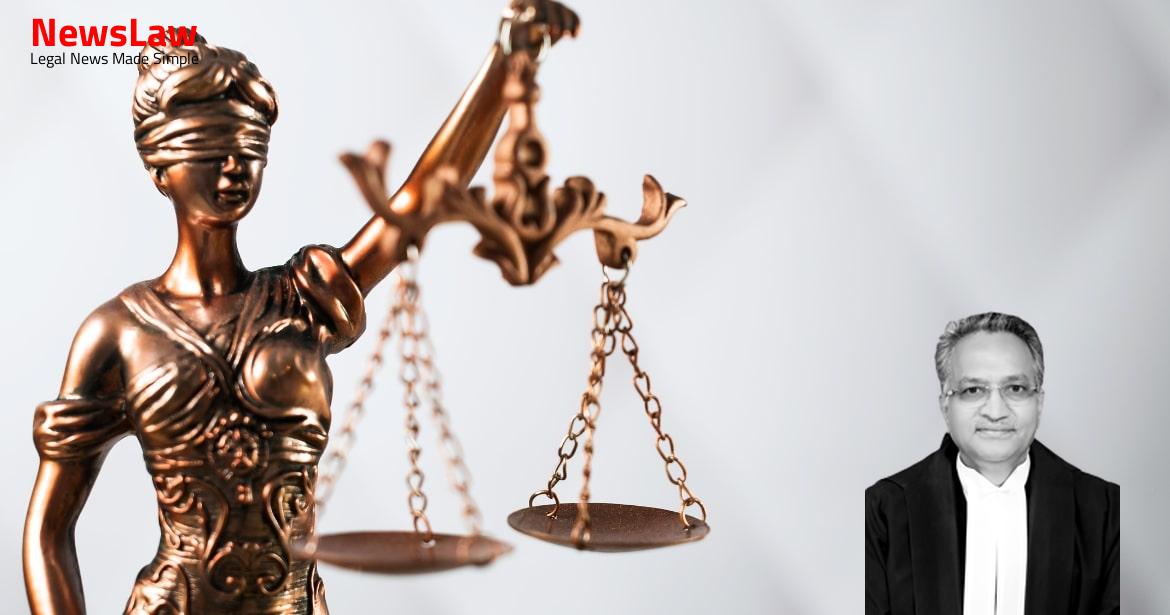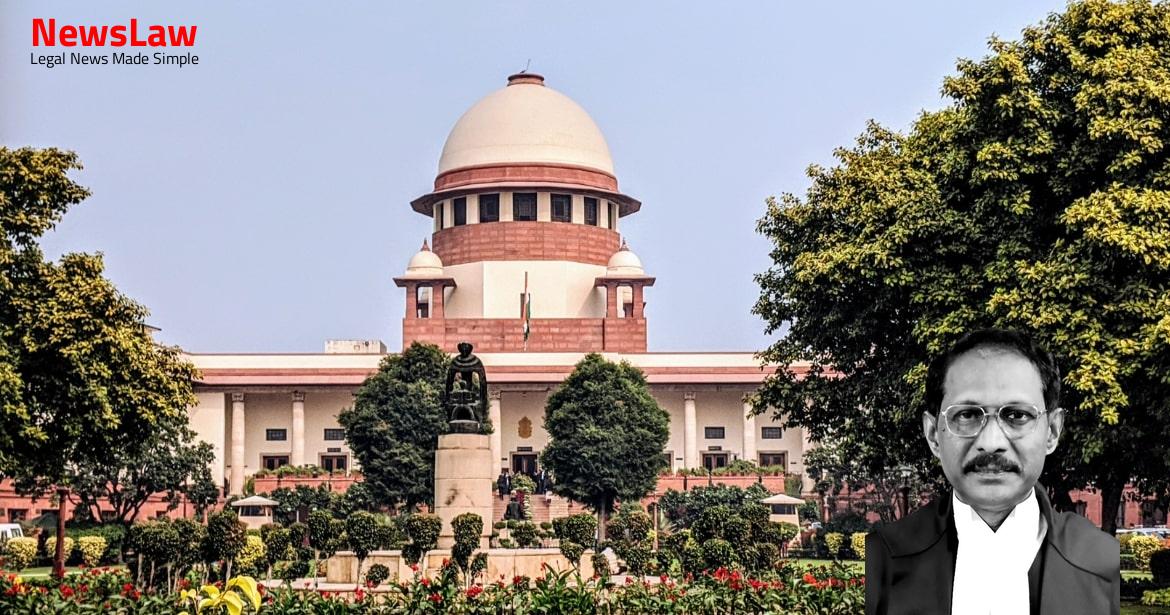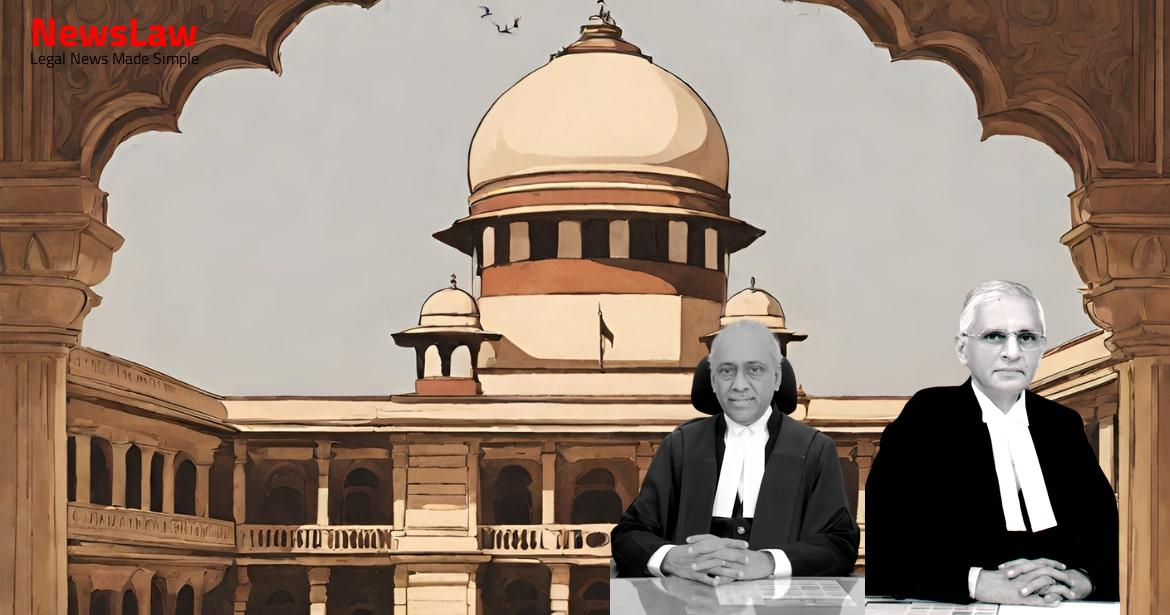The learned Sessions Judge held that the appellant-accused has failed to bring the case within the protective umbrella of the exception 4 to Section 300 of IPC. After noticing that the deceased was talking on the phone for about 5 to 7 minutes, Shashi Bala (PW-12) advised him not to keep the official telephone engaged as the Police Station may receive some urgent calls. During the scuffle, SAF got entangled in the chain attached to the appellant’s belt which led to the accidental firing of five rounds from the said automatic weapon.
The prosecution’s case was that the deceased had seen the appellant and PW-12 in a compromising position and therefore, they held a grudge against the deceased. The witness stated that when he saw the deceased lying on the chair with bullet injuries, the appellant was telling PW-12 Shashi Bala in Hindi “Madam aapne yeh kya karva diya, Mere to bache barbad ho jayenge”. The Court rejected the defence of the accident pleaded by the appellant by taking recourse to Section 80 of IPC. It is not necessary for us to go into the issue of the existence of motive as the High Court in paragraph 34 of the impugned judgment has recorded a finding after considering the testimony of PW-3 Nazir Ahmed, PW-18 Sub-Inspector Ram Singh and PW-22 Shaukat Ali, the father of the deceased that the case of the prosecution regarding the existence of motive does not inspire confidence.
Estate with duty hours from 12.00 noon to 6.00 p.m. deceased came to my office i.e reporting room and started making phone call while sitting chair lying in front of me leaving a table which was lying between in two tables. During this scuffle the SAF of the accused got entangled in the chain tied with the belt of accused and during this course the fire is opened from accused which hit the deceased on his neck and chest and blood started coming out from his wound. Estate and was sitting on chair at Control Room in front of Duty Officer and he was making call from the telephone kept in control room and I was waiting to make a call from the said phone for giving my O.K report.
The Santri again requested him to leave the phone and in response the said constable making the call caught the SAF of the Santri and while making fun with each other, pushed him and at that time accidental fire took place from the said SAF and five rounds from the said SAF hit the person making the phone call. Thus, the version of PW-12 and PW-25 who were claiming to be the eyewitnesses completely supports the defence of the appellant of accidental firing and in any case, they have not deposed that the appellant intentionally fired bullets at the deceased. auto) position, it could fire if the firearm would have been cocked and the trigger was pressed and could go on firing as long as having trigger remain pressed. Considering the opinion of the expert, it is obvious that when the incident occurred, the change lever was not kept in a safety position by the appellant and therefore, SAF got cocked which resulted in the firing of five bullets.
Also Read: https://newslaw.in/supreme-court/extension-of-benefit-of-doubt-in-criminal-convictions/
According to the prosecution witness PW-13-Karim Baksh, after the firing was heard, the appellant was heard telling PW-12 that “Madam aapne yeh kya karva diya, Mere to bache barbad ho jayenge”.
PW-13 stated that PW-6, PW-17 and certain other persons were present when he heard the accused making aforesaid statements.
It is the reaction or the action of the deceased which resulted in the SAF getting entangled with the chain attached to the appellant’s belt; which led to the accidental fire from SAF. Relevancy of facts forming part of same transaction.––Facts which, though not in issue, are so connected with a fact in issue as to form part of the same transaction, are relevant, whether they occurred at the same time and place or at different times and places. Whatever was said or done by A or B or the by-standers at the beating, or so shortly before or after it as to form part of the transaction, is a relevant fact.
Also Read: https://newslaw.in/supreme-court/vicarious-liability-under-section-34-of-ipc/
Therefore, assuming that the statements attributed to the appellant and PW-12 were in fact made, the conduct of the appellant of making the said statement becomes relevant in view of Section 6. Assuming that when the appellant approached the deceased to stop him from using the telephone, he was aware that the change lever was not in a safety position, it is not possible to attribute knowledge to him that by his failure to keep SAF in the safety position, he was likely to cause the death of the deceased. Therefore, the appellant is guilty of a lesser offence punishable under Section 304A of IPC for which the maximum sentence is imprisonment for two years. …………J.
Case Title: ARVIND KUMAR Vs. STATE OF NCT, DELHI (2023 INSC 622)
Case Number: Crl.A. No.-002390-002390 / 2010



